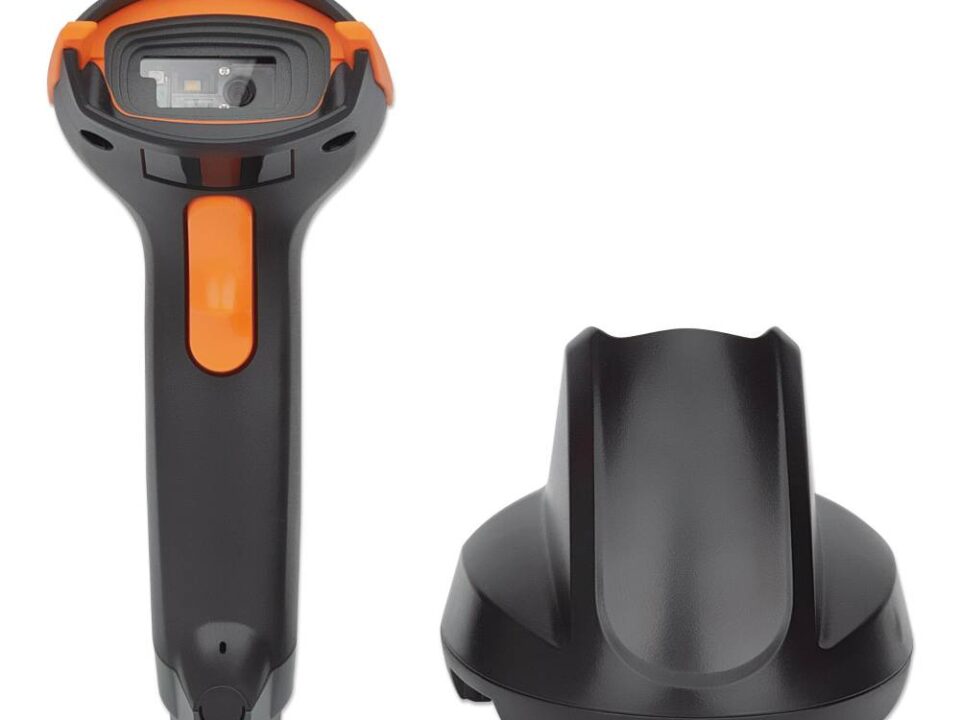| Prefix code |
Country or region |
Prefix code | Country or region | Prefix code |
Country or region |
||
| 00-13 | United States, Canada | 569 | Iceland | 775 | Peru | ||
| 20-29 | Store code | ||||||
| 30-37 | France | 57 | Denmark | 777 | Bolivia | ||
| 380 | Bulgaria | 590 | Poland | 779 | Argentina | ||
| 383 | Slovenia | 594 | Romania | 780 | Chile | ||
| 385 | Croatia | 599 | Hungary | 784 | Paraguay | ||
| 387 | Bosnia and Herzegovina | 600, 601 | South Africa | 786 | Ecuador | ||
| 608 | Bahrain | ||||||
| 40-44 | Germany | 609 | Mauritius | 789-790 | Brazil | ||
| 45, 49 | Japan | 611 | Morocco | 80-83 | Italy | ||
| 460-469 | Russia | 613 | Algeria | 84 | Spain | ||
| 471 | Taiwan, China | 616 | Kenya | 850 | Cuba | ||
| 474 | Estonia | 619 | Tunisia | 858 | Slovakia | ||
| 475 | Latvia | 621 | Syria | 859 | Czech Republic | ||
| 476 | Azerbaijan | 622 | Egypt | 860 | Yugoslavia | ||
| 624 | Syria | ||||||
| 477 | Lithuania | 625 | Jordan | 867 | North Korea | ||
| 478 | Uzbekistan | 626 | Iran | 869 | Turkey | ||
| 479 | Sri Lanka | 627 | Kuwait | ||||
| 628 | Saudi Arabia | 87 | Netherlands | ||||
| 480 | Philippines | 629 | United Arab Emirates | 880 | South Korea | ||
| 64 | Finland | ||||||
| 481 | Belarus | 690-695 | China | 885 | Thailand | ||
| 482 | Ukraine | 70 | Norway | 888 | Singapore | ||
| 484 | Moldova | 729 | Israel | 890 | India | ||
| 485 | Armenia | 73 | Sweden | 893 | Vietnam | ||
| 486 | Georgia | 740 | Guatemala | 899 | Indonesia | ||
| 487 | Kazakhstan | 741 | El Salvador | 90, 91 | Austria | ||
| 489 | Hong Kong, China | 742 | Honduras | 93 | Australia | ||
| 50 | United Kingdom | 743 | Nicaragua | 94 | New Zealand | ||
| 520 | Greece | 744 | Costa Rica | 955 | Malaysia | ||
| 528 | Lebanon | 745 | Panama | 958 |
Macao, China
|
||
| 529 | Cyprus | 746 | Dominica | ||||
| 531 | Macedonia | 750 | Mexico | 977 | Serials | ||
| 535 | Malta | 759 | Venezuela | 978, 979 | Books | ||
| 539 | Ireland | 76 | Switzerland | 980 | Notes receivable | ||
| 54 | Belgium, Luxembourg | 770 | Colombia | 981-982 | Ordinary circulation coupons | ||
| 560 | Portugal | 773 | Uruguay | 99 | Coupon |
The International Article Number (also known as European Article Number or EAN) is a standardized format to describe a barcode symbology and a numbering system. It is used in global trading to identify a product type or even more specific a certain product from a specific manufacturer. EAN numbers are not only used for lookup of global products but at the same time it can be used for other purposes like for example ordering or accounting. There are two versions of the EAN. One is the EAN-13 that has 13 digits. It is a superset of the original 12-digit Universal Product Code (UPC-A). For smaller packages with not much space on the package the 8-digit EAN-8 was introduced.
In addition, Japan developed the Japanese Article Number (JAN) on the basis of EAN in 1978.
EAN code composition and its meaning
[EAN has 8 digits and 13 digits]
The composition of 13 bits is like this:
- Country code (first 3 digits)
- Manufacturer code (last 4 digits)
Country codes and manufacturer codes are specifically issued and managed by EAN national headquarters
- Item code (5 more digits)
The 5-digit code is set by the manufacturer
- Computer check code (last 1 digit)
The 8-digit EAN is a code set specifically for small commodities, so its components are different from the 13-digit EAN.
The composition of 8 bits is like this:
- Country code (first 3 digits)
- Manufacturer code (last 2 digits)
Country codes and manufacturer codes are specifically issued and managed by EAN national headquarters
- Item code (2 more digits)
These 2-digit codes are set by the manufacturer
- Computer check code (last 1 digit)
Commodity barcode EAN/UPC system member country and region prefix code list
The background of EAN
Early years
The United States based on the 12-digit Universal Product Code (UPC”) developed by IBM George Laurel in 1970, which was formulated as a standard in 1973 and later reclassified as “UPC-A” . A year later, in order to harmonize with the United States, Europe also specified a similar product code system. The European Article Association was established in 1977, and its members cover 98 countries around the world. In order to integrate the product codes of the United States and Europe, the Uniform Code Council (UCC) based in the United States refers to the EAN used today as EAN·UCC.
Rename
In 1981, EAN has developed into an international organization and changed its name to the International Commodity Numbering Association.
Now
In 2005, EAN was officially renamed GS1 (Global Standard One). From January 1, 2005, North America implemented the EAN-13 product code.
The application of EAN-13 code in barcode
A number is defined by two open lines and two dark lines.
The four line segments are based on the thinnest one, with four thicknesses of one time, two times, three times, and four times respectively.
At the same time, the thickness of the four line segments with one digit added up is exactly seven times the standard line segment (the thinnest line segment).
JAN (Japanese Article Numbering)

JAN (Japanese Article Numbering) is another name for the EAN-13 barcode. The first two digits – the country code – must be 45 or 49 (Japan).
Use the EAN-13 barcode type to create a JAN barcode with ActiveBarcode.



